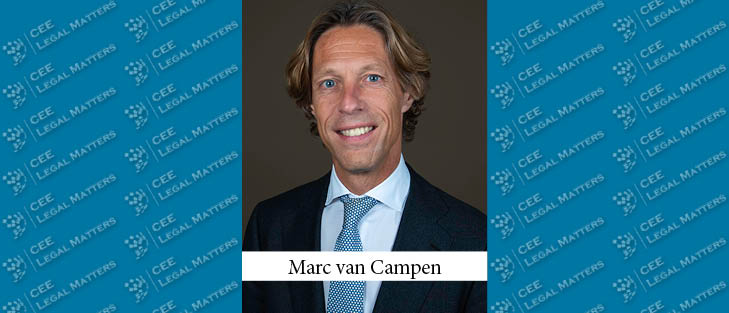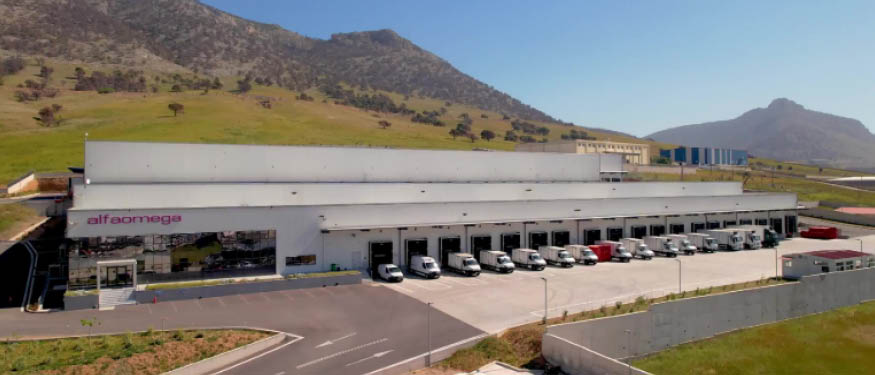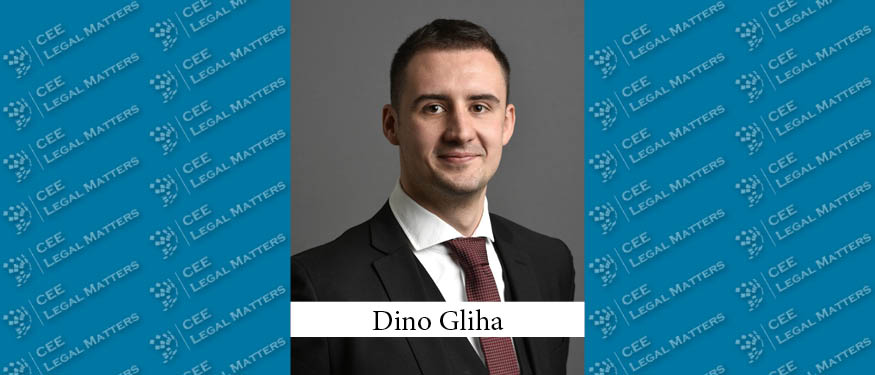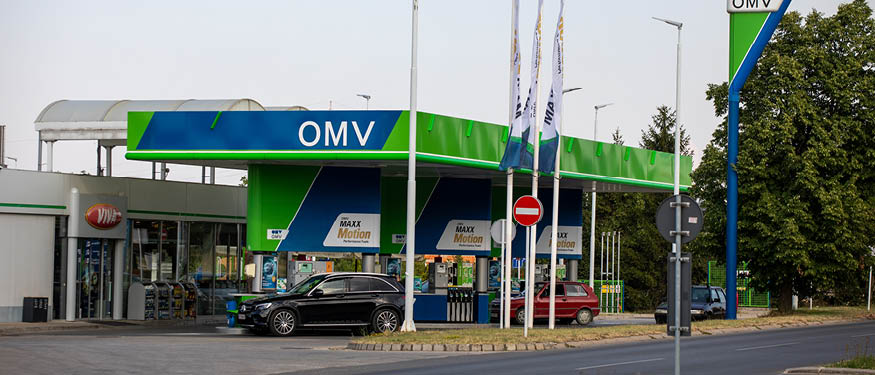In our Looking In series, we talk to Partners from outside CEE who are keeping an eye on the region (and often pop up in our deal ticker) to learn how they perceive CEE markets and their evolution. For this issue, we sat down with Marc van Campen, Partner at Van Campen Liem in Amsterdam.
CEELM: What was your first interaction with the CEE region?
Van Campen: My journey in CEE began in 1997. When I joined Baker McKenzie in Amsterdam that year, we were just starting our practice focused on private equity and venture capital in CEE. Back then, we had a few funds like Barings Communications Equity (Emerging Europe), Poland Partners (predecessor of Innova), and Enterprise Investors with early activities centered on Poland, the Czech Republic, and Hungary. The projects were primarily in telecoms, cable TV, and fiber, as well as early-stage tech sectors. By the early 2000s, we expanded southward to Slovenia and Romania with Studio Moderna being an early client, our focus broadened to include the Balkans and ex-Yugoslavia, particularly the northern parts, and we gradually moved into Bulgaria.
In 2005, at a CEE Private Equity conference, I suggested to a client that we discuss Turkiye. It was a new market for us, with Turkven being a notable first mover in that market. This marked our entry into Turkiye, where we saw significant activity until the political events of 2015. After the attempted coup in 2016, Turkiye’s market slowed.
CEELM: What was the main focus for you throughout these years?
Van Campen: From 1997 to now, our work has revolved around two main areas: establishing funds in the CEE region and structuring deals and investments for funds. CEE has been a significant market for us, and although we also worked in countries such as the UK, Spain, and Italy, over 60% of our funds were focused on CEE. We set up Dutch and Luxembourg structures, primarily from our Amsterdam office, coordinating with Baker McKenzie teams or local lawyers across Warsaw, Prague, Vienna, Kyiv, Moscow, and more.
In 2012, we left Baker McKenzie, taking a team of about 30 people as we wanted to establish a law firm with a strong focus on PE and VC in CEE. It was a rather “pleasant divorce” – we maintained our client base and relationships, making for a smooth transition. After less than a year, we decided to establish a Luxembourg office to offer our clients a choice between Luxembourg and Amsterdam models for the structuring and formation of VC and PE funds, as we wanted to give them an unbiased recommendation of which jurisdiction would work best.
CEELM: As for the current pipeline, what has been keeping you busy in the last 12 months?
Van Campen: Over the past 12 months, deal activity has been relatively modest, mirroring global trends. There have been a few exits and new venture rounds, but these have not been straightforward. Most of the transactions have involved private equity firms selling to international buyers, and new deals have been scarce.
Over the years, CEE companies have shown remarkable robustness, able to withstand and navigate difficulties effectively. This persistence has allowed them to continue expanding. We are seeing a trend where local managers, who have matured and grown, are shifting from local structures to international ones. For start-ups, this often means moving from a local entity to a holding company outside the region. This strategy simplifies subsequent rounds of venture capital or private equity funding, as investing terms are typically easier to implement and enforce in jurisdictions like the Netherlands.
CEELM: What was the evolution of the CEE region and how would you describe the changing dynamics of the market?
Van Campen: In the early days in the CEE region, we handled many large deals. Over time, however, the focus has shifted more toward mid-market transactions. While we still engage in big deals, the average size has decreased. We now often work on deals with the value of the tens of millions rather than hundreds of millions of euros. This shift seems to be a natural evolution in the market. Regarding funds, we deal with a variety, but regional CEE funds typically aren’t massive. Most are between EUR 25 million and EUR 500 million, with few exceeding EUR 500 million.
In terms of specific markets, over the past decade, Hungary has seen a gradual, but consistent decline in deal activity. Conversely, Poland remains strong, and Romania has a robust presence, though finding deals there can be challenging. We’ve observed a significant increase in venture capital activity in Romania, and Bulgaria, thanks to a pool of talent and opportunities. Recently, there’s been a surge in activity in Croatia, Serbia, and Slovenia.
As I mentioned earlier, Turkiye’s market started picking up around 2003-2005, with an initial focus on a few funds. Between 2005 and 2015, there was a boom in venture capital, especially in early-stage funds. However, post-2016, international interest waned due to political issues, and local private equity companies began focusing on smaller, venture-type deals. Turkiye has seen a rise in new venture funds, notably in gaming, with less emphasis on large acquisitions. The local stock market and IPO scene are relatively healthy but not overwhelmed with activity. Additionally, Turkish investors and managers, who excel in their field, often expand their investments across Europe. These ventures often involve the Turkish diaspora – successful entrepreneurs and investors who reside in the US, UK, and other countries and are actively engaging in deals outside their home countries.
CEELM: As for the local specifics, which markets in the CEE region do you find more promising or challenging?
Van Campen: In terms of challenging markets, Ukraine, for example, is very difficult right now. We had projects in Moldova, but they were put on hold when the war started. Technically, we could proceed, and there is interest in setting up ventures in Ukraine, but progress is slow. There is potential for rebuilding, though Western European funds are hesitant due to the proximity to Russia, affecting interest in nearby countries like Romania, Poland, and the Baltics. Of course, despite global hesitation, institutions like the EIF and the EBRD continue to support these regions, making it easier to stimulate smaller deals and venture capital activity, even if large-scale deals are less frequent.
On the promising side, Poland remains most attractive for investors due to its maturity and ease of doing business. The Czech Republic is also investor-friendly but small with limited activity. Turkiye is appealing primarily for venture and gaming sectors, less so for other areas. Additionally, interest in Croatia is growing, especially with its integration into the Eurozone and Schengen area, attracting dedicated investment funds. Slovenia, though historically good, is not an easy market but remains relevant alongside Croatia.
In the Baltics, we don’t see much activity, which could be a blind spot for us. It might be that they have effective local structures and don’t need external frameworks like those in Amsterdam or Luxembourg.
CEELM: Finally, what is your perspective on internationals in CEE – how will their presence evolve?
Van Campen: Over my 27 years in the CEE region, I’ve witnessed significant changes among international law firms. Firms like Linklaters, White & Case, and Weil, Gotshal & Manges have established and then closed offices in various jurisdictions. My former firm, Baker McKenzie, maintained key offices in Warsaw, Budapest, and Vienna, covering much of their CEE operations from these locations. Many large firms have withdrawn to focus on more lucrative markets in the UK and Germany. Dentons and CMS have remained strong in the region, but the trend for larger firms is to consolidate rather than expand, due to higher potential earnings elsewhere. This has left room for smaller firms to enter the market, especially as clients in CEE are more cost-conscious and seek value for money.
I don’t foresee major international firms opening new offices in the CEE. Instead, we might see more closures unless these firms have a solid foothold. Smaller firms have more opportunities to thrive. Looking forward, there could be potential for increased regional cooperation among Southeast European law firms. However, the diverse legal systems and small economies, such as in the former Yugoslav countries, pose challenges for unified operations.
This article was originally published in Issue 11.7 of the CEE Legal Matters Magazine. If you would like to receive a hard copy of the magazine, you can subscribe here.
















